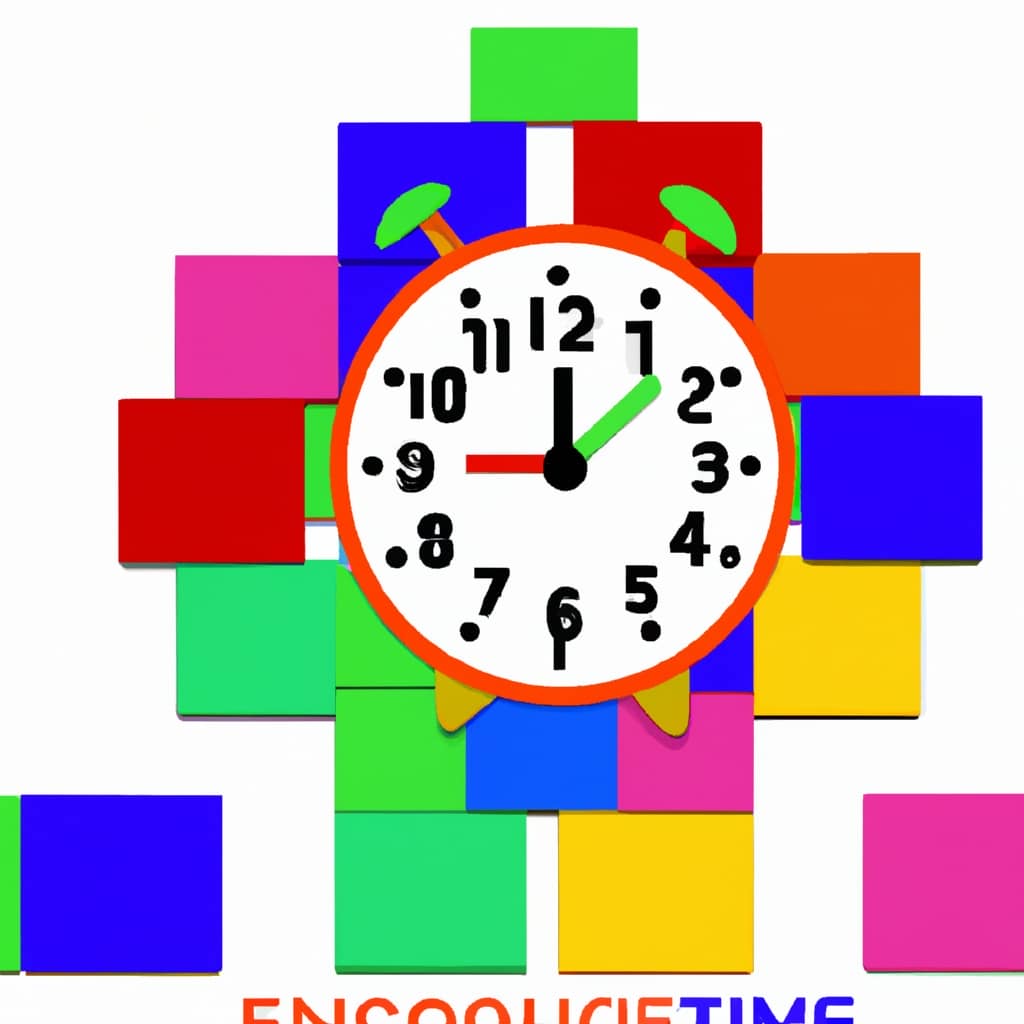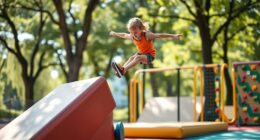As a parent, I recognize the importance of finding toys that not only entertain but also promote my child’s growth and development.
That’s why I’m thrilled to share with you the Montessori Toy Guide: Stimulate Development Through Play.
This guide is packed with age-appropriate suggestions for toys that engage the senses, promote cognitive skills, and foster creativity.
From sensory stimulation toys for infants to math and numeracy toys for older children, this guide has it all.
Get ready to discover the power of play in supporting your child’s growth and development.
Key Takeaways
- Tummy time toys promote physical development
- Visual development toys enhance visual skills
- Soft fabric books engage senses and promote cognitive development
- Squishy balls develop fine motor skills
Sensory Stimulation Toys: Age 0-6 Months
I love using sensory stimulation toys with my baby during the first six months to help develop their senses and cognitive skills.

Tummy time toys are a great way to engage their senses and promote their physical development. These toys encourage babies to lift their heads and strengthen their neck muscles while providing visual stimulation.
Visual development toys are also essential during this stage. They help babies focus and track objects, enhancing their visual skills. Toys with contrasting colors, patterns, and mirrors are particularly beneficial.
Grasping and Manipulative Toys: Age 6-12 Months
My baby loves playing with squishy balls and textured blocks to develop their fine motor skills and hand-eye coordination. It’s fascinating to watch them explore the different textures and shapes, feeling the softness of the balls and the bumps on the blocks.
This tactile exploration not only engages their senses but also helps them develop their hand-eye coordination as they grasp and manipulate the toys. As they explore these toys, I can see their concentration and focus, as they try to fit the blocks together or roll the balls towards each other.
It’s amazing how these simple toys can have such a profound impact on their development. I’m excited to continue providing them with toys that stimulate their senses and enhance their hand-eye coordination.
- Squishy balls
- Textured blocks
- Soft fabric books with various textures
- Transition to age 6-12 months toys
Cause and Effect Toys: Age 1-2 Years
Playing with cause and effect toys can engage a child’s senses and promote their cognitive development. These toys are designed to provide sensory exploration and tactile stimulation, allowing children to learn through hands-on experiences. By interacting with cause and effect toys, children develop their problem-solving skills and enhance their understanding of cause and effect relationships. These toys come in various forms, such as sensory balls for tactile stimulation, sound puzzles for auditory stimulation, and sensory bins for hands-on experiences. The table below provides a brief overview of some popular cause and effect toys for children aged 1-2 years:
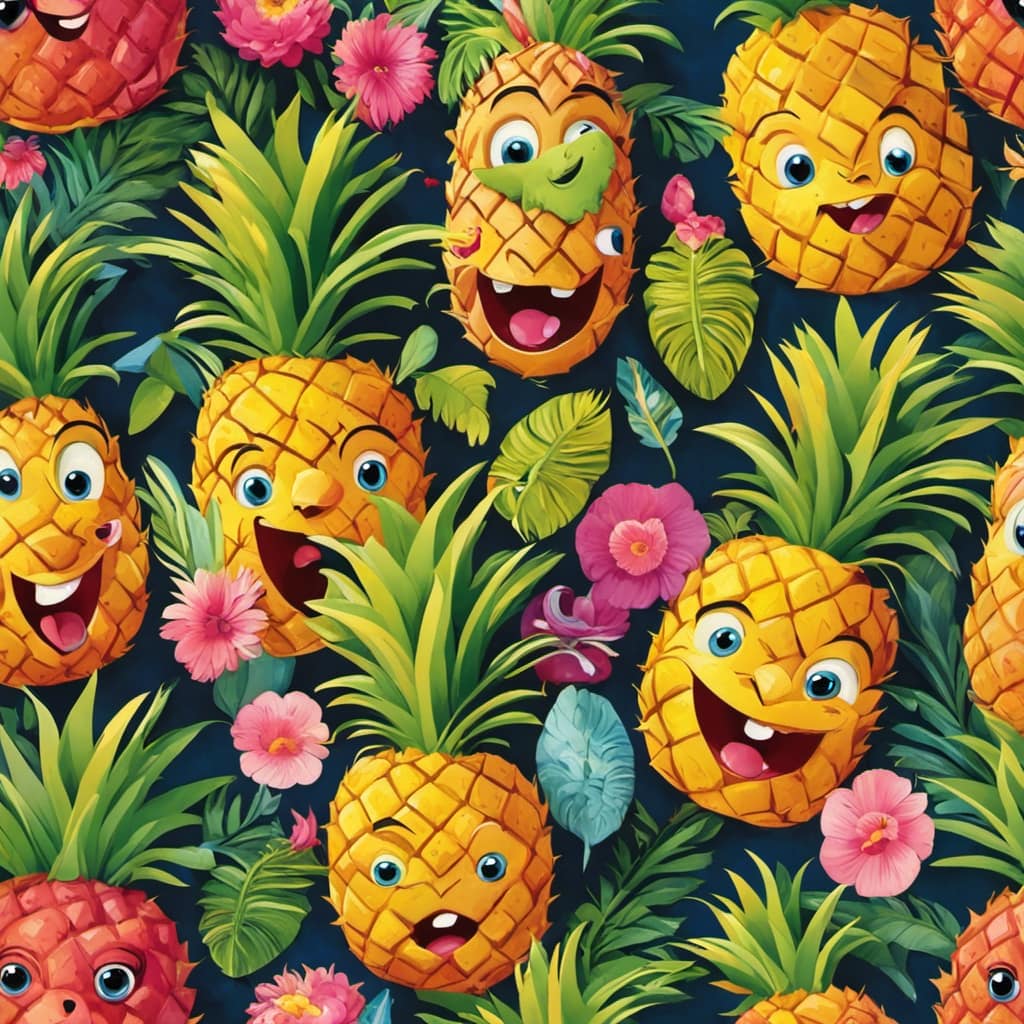
| Toy | Description |
|---|---|
| Sensory Balls | Textured balls that provide tactile stimulation |
| Sound Puzzles | Puzzles that make sounds when pieces are placed correctly |
| Sensory Bins | Containers filled with sensory objects for hands-on exploration |
Incorporating these toys into a child’s playtime can greatly benefit their cognitive development and foster their love for learning.
Math and Numeracy Toys: Age 5-6 Years
Counting and sorting toys help develop math and numeracy skills in children aged 5-6 years. It’s important to provide them with toys that engage their minds and challenge their problem-solving abilities.
Here are four math and numeracy toys that can enhance their learning experience:
-
Math puzzles: These puzzles not only improve their logical thinking but also strengthen their understanding of numbers and operations. They can have fun while solving math problems.
-
Counting boards: These boards have numbered slots where children can place the corresponding number of objects. It helps them practice counting, number recognition, and one-to-one correspondence.
-
Shape and pattern recognition toys: These toys encourage children to identify different shapes and patterns, enhancing their spatial awareness and critical thinking skills.
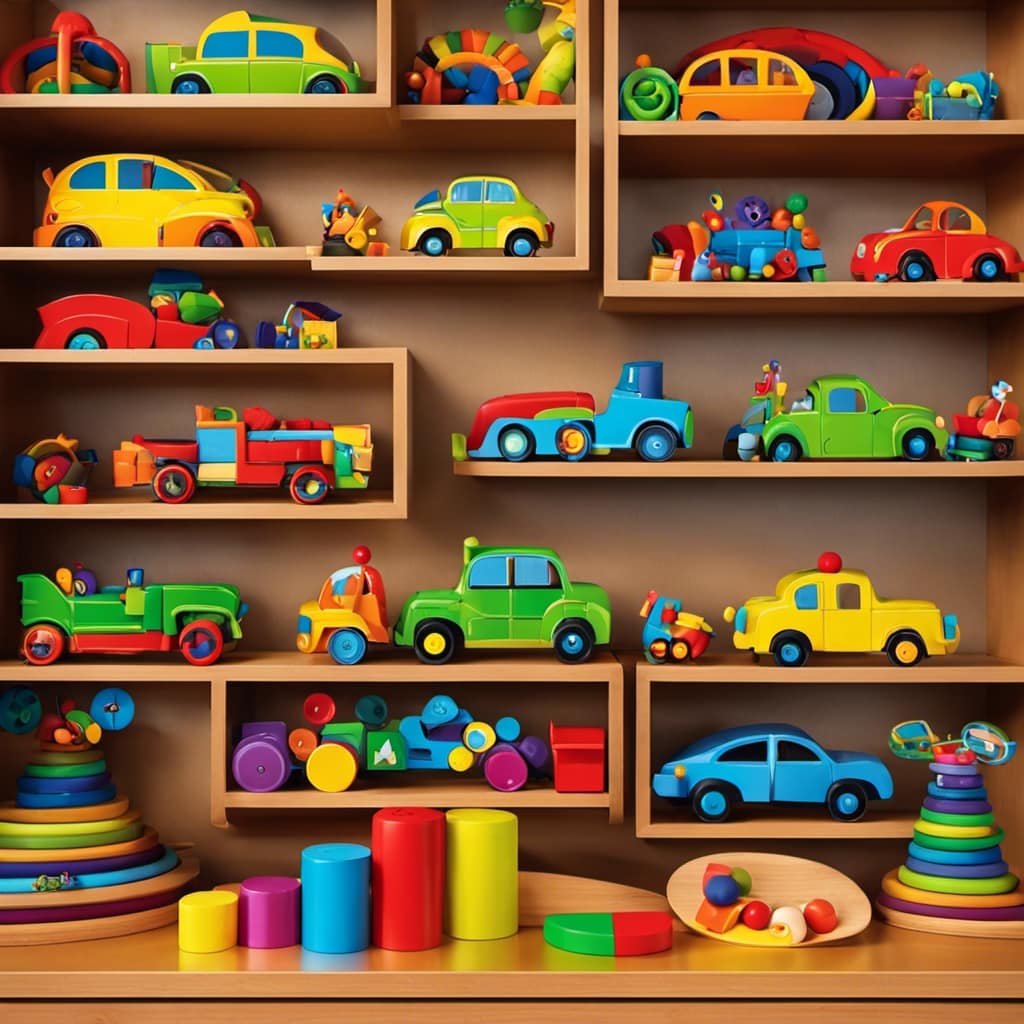
-
Abacus: This traditional tool helps children visualize numbers and perform basic calculations. It promotes the understanding of mathematical concepts like addition and subtraction.
Creativity and Imagination Toys: Age 6 Years and Above
Building blocks and construction toys have always been my favorite way to express my creativity and imagine new worlds. They provide endless possibilities for artistic expression and encourage imaginative play. With these toys, I can build towering skyscrapers, create intricate structures, and design my own unique landscapes. The table below showcases some of the best creativity and imagination toys for children aged 6 years and above, fostering their artistic abilities and nurturing their imaginative minds.
| Toy Type | Description | Benefits |
|---|---|---|
| Art supplies and craft kits | Includes paints, brushes, clay, and various crafting materials to unleash artistic potential. | Develops fine motor skills, encourages self-expression and creativity. |
| Building blocks and construction toys | Versatile sets that allow children to build and create their own structures. | Enhances problem-solving skills, promotes spatial awareness and planning. |
| Role-playing and pretend play toys | Costumes, props, and playsets for children to engage in imaginative play and storytelling. | Enhances social skills, encourages empathy, and boosts language development. |
| Musical instruments and singing toys | Instruments such as keyboards, guitars, and microphones for musical exploration and performance. | Develops rhythm, coordination, and encourages self-expression through music. |
Fine Motor Skills Development Toys
Now that we have explored the exciting world of creativity and imagination toys, let’s dive into the realm of fine motor skills development toys. These toys are designed to enhance your child’s hand-eye coordination and fine motor skills through engaging and interactive play.
Here are four fantastic options to consider:
-
Building blocks: These timeless toys encourage your child to use their fingers and hands to stack and balance blocks, promoting dexterity and precision.
-
Puzzles: Whether it’s a classic jigsaw puzzle or a shape sorter, these toys help your child develop their problem-solving abilities while refining their hand-eye coordination.
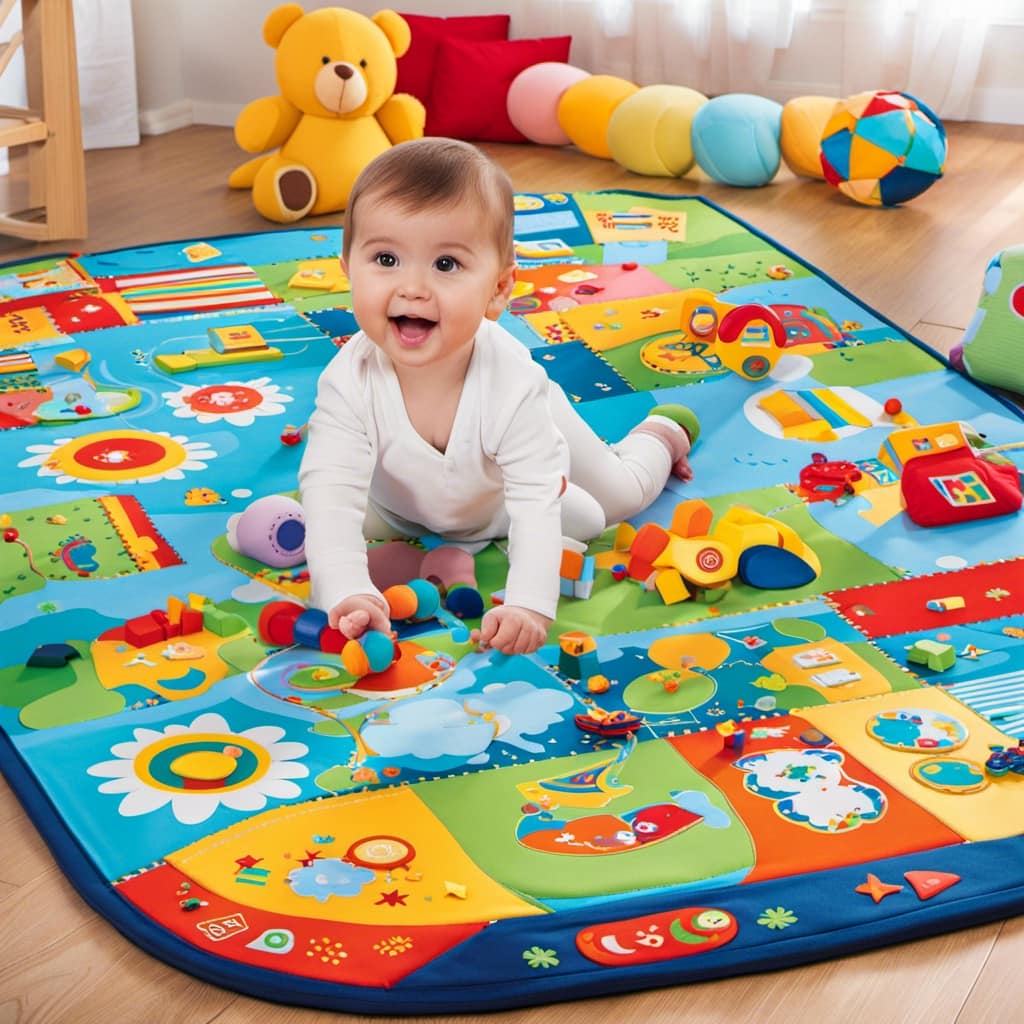
-
Lacing beads: This activity involves threading colorful beads onto a string, which helps your child improve their hand control and finger strength.
-
Play dough: Squishing, rolling, and shaping play dough not only allows your child to unleash their creativity but also strengthens their hand muscles.
Cognitive Development Toys
Engaging with cognitive development toys has been an exciting journey. It has allowed me to explore different ways to enhance my child’s learning and problem-solving skills. These toys are designed to stimulate the mind and promote cognitive development in a fun and engaging way.
From puzzles and memory games to interactive electronic toys, there is a wide range of options to choose from. These toys not only help improve memory, attention, and concentration but also promote critical thinking and logical reasoning.
Watching my child engage with these toys and witnessing their cognitive abilities grow has been truly rewarding. It’s fascinating to see how they learn to solve problems, think creatively, and develop important cognitive skills that will benefit them throughout their lives.
Problem-Solving Toys
Solving puzzles and completing brain teasers has been a challenging and rewarding experience. It’s amazing to see how my child’s problem-solving skills have developed and improved over time. Their critical thinking abilities have grown while engaging with problem-solving toys.
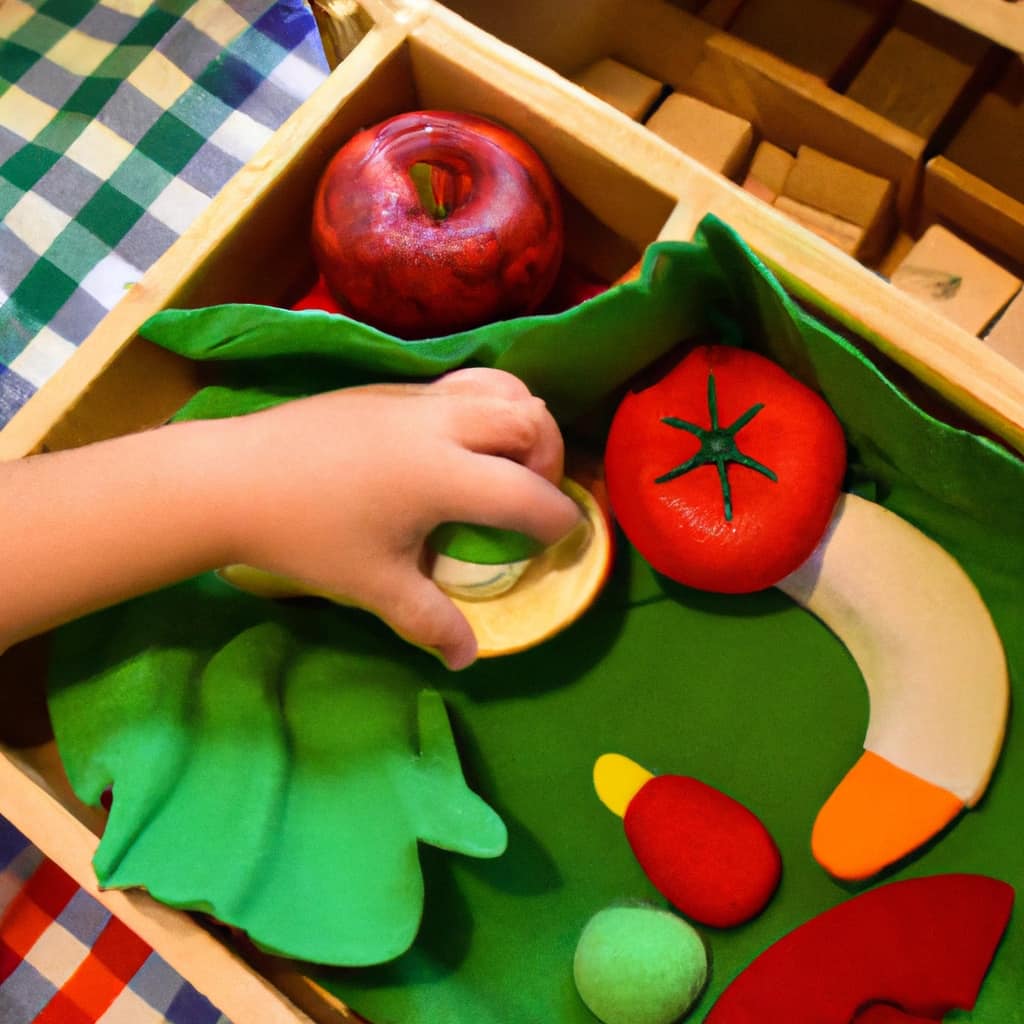
Here are four problem-solving puzzles and critical thinking activities that have been beneficial for my child’s development:
-
Puzzle cubes: These cubes require spatial reasoning and logical thinking to solve. They help improve problem-solving skills and enhance hand-eye coordination.
-
Matching games: Matching games involve finding pairs of cards or objects, which promote memory skills and concentration. They also encourage analytical thinking and improve visual perception.
-
Strategy board games: Games like chess or checkers require planning, strategizing, and decision-making. They enhance problem-solving abilities and teach children to think ahead.
-
Riddles and brainteasers: These activities challenge children’s thinking skills and encourage them to think outside the box. They promote logical reasoning and creative problem-solving.
Engaging in problem-solving puzzles and critical thinking activities not only provides entertainment but also nurtures important cognitive skills in children.
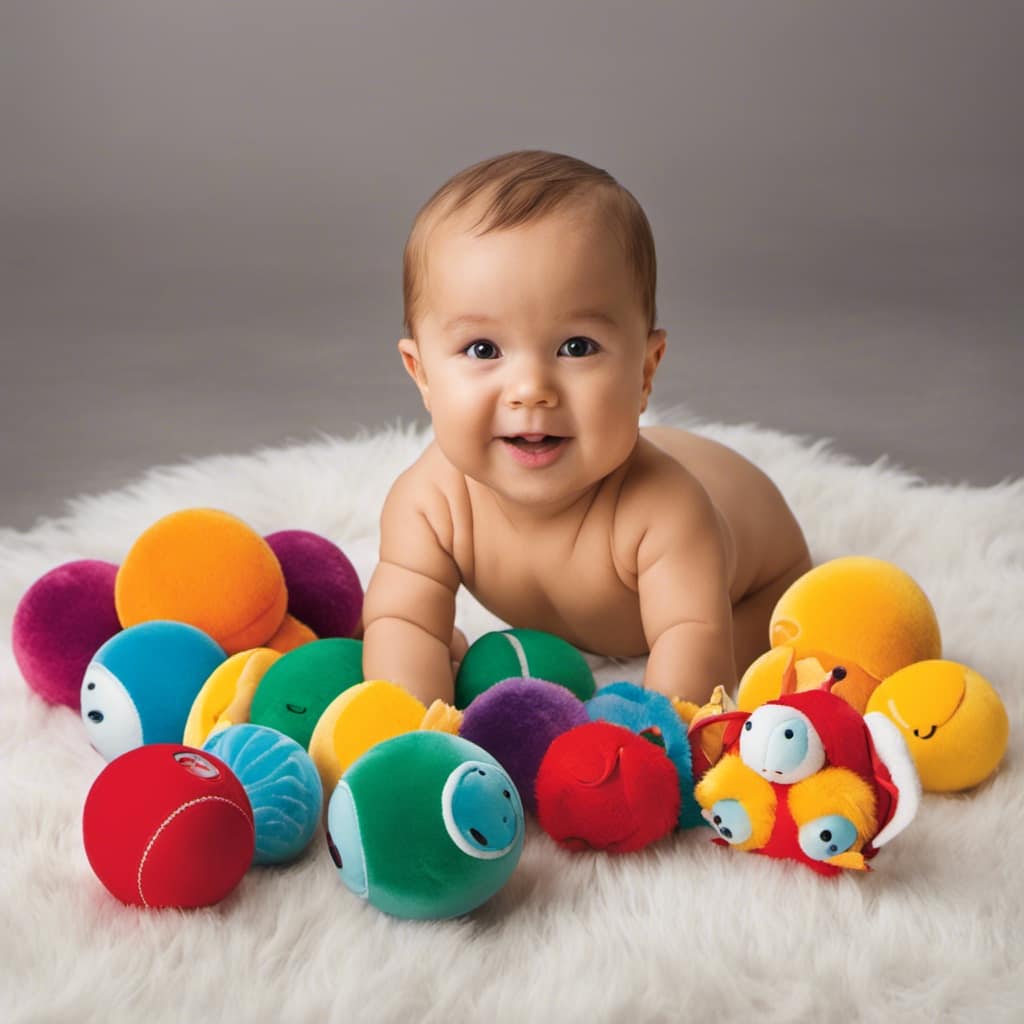
Social and Emotional Development Toys
I’ve noticed that social and emotional development toys have played a significant role in helping my child learn empathy and develop their communication skills. These toys not only provide entertainment but also promote important skills that contribute to their overall growth and well-being.
One type of toy that has been particularly beneficial is social interaction toys. These toys encourage my child to engage with others and learn how to navigate social situations. They promote cooperation, sharing, and turn-taking, which are essential skills for building relationships and developing empathy.
Another type of toy that has been instrumental in my child’s development is emotional intelligence toys. These toys help my child recognize and understand their own emotions, as well as the emotions of others. They provide opportunities for role-playing and problem-solving, which enhance their communication skills and ability to express their feelings effectively.
Incorporating social interaction toys and emotional intelligence toys into my child’s playtime has been a game-changer. It has not only made playtime more enjoyable but has also laid a strong foundation for their social and emotional development.
Frequently Asked Questions
Are There Any Montessori Toy Options Specifically Designed to Promote Social and Emotional Development in Children?
Yes, there are Montessori toy options specifically designed to promote social and emotional development in children. These toys encourage collaboration, empathy, and self-expression, fostering important skills for healthy social interactions and emotional well-being.
What Are Some Examples of Montessori Toys That Can Help Develop Fine Motor Skills in Babies?
Montessori toys that promote fine motor skills in babies include rattles and grasping toys to enhance hand-eye coordination. They provide sensory stimulation and encourage exploration through touch, fostering development in a fun and engaging way.
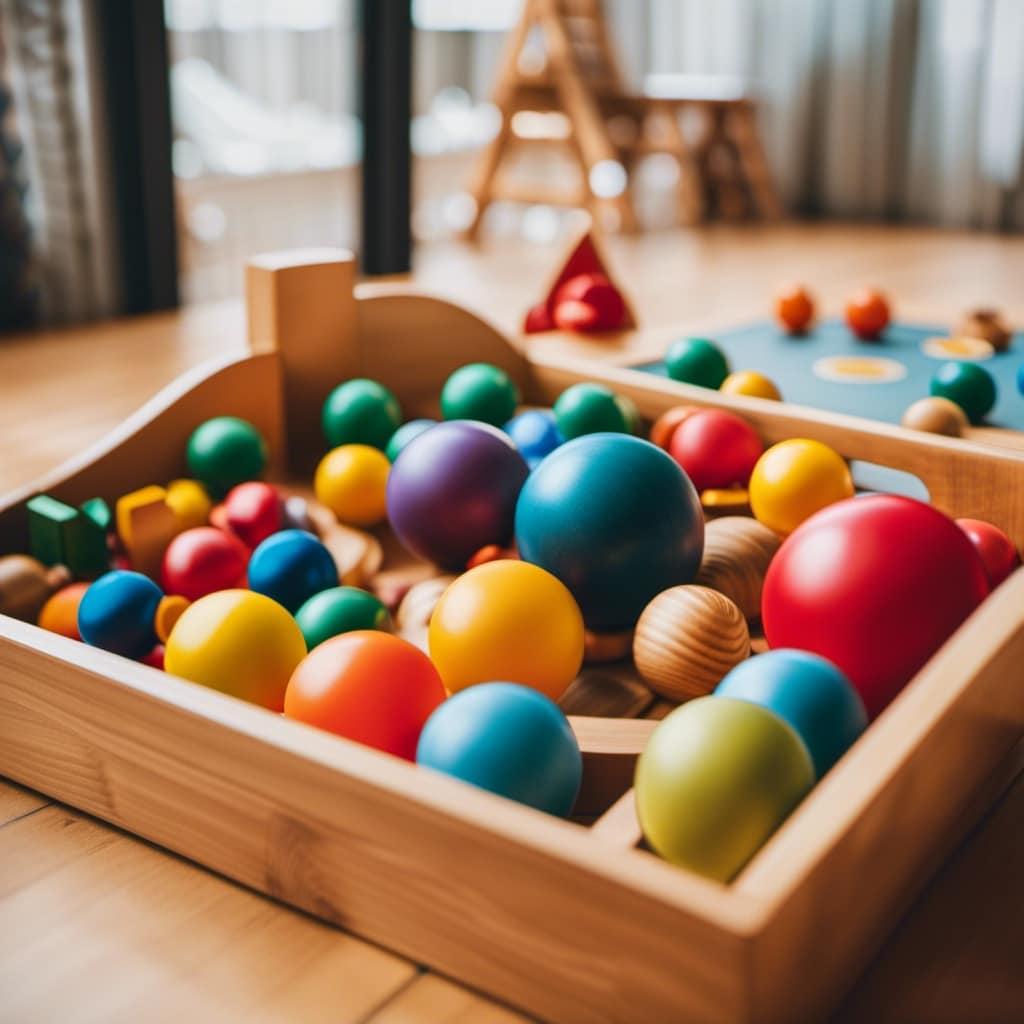
Are There Any Montessori Toys That Focus on Problem-Solving Skills for Toddlers?
Yes, there are Montessori toy options for problem-solving skills in toddlers. Montessori toys for cognitive development in toddlers aged 1-2 years include sensory balls, sound puzzles, and sensory bins. They enhance problem-solving skills and promote cognitive development.
Can You Recommend Any Montessori Toys That Specifically Target Cognitive Development in Children Aged 1-2 Years?
Sure, I can recommend Montessori toys that target cognitive development in children aged 1-2 years. Toys like sensory balls, sound puzzles, and sensory bins engage their senses and enhance problem-solving skills. Montessori Toy Guide: Stimulate Development Through Play.
Are There Any Montessori Toys That Can Help Older Children Develop Their Creativity and Imagination?
Yes, there are Montessori toys that promote creativity and imagination in older children. They encourage independent play and include art supplies, building blocks, role-playing toys, and musical instruments.
Conclusion
In conclusion, the Montessori Toy Guide offers valuable insights into how play can support a child’s development. By providing age-appropriate toy suggestions, the guide helps parents and caregivers make informed choices that stimulate various aspects of a child’s growth.
From sensory stimulation to problem-solving and social development, each stage has its own set of toys that engage and challenge children. As the saying goes, ‘Play is the work of childhood,’ and with the right toys, children can learn, grow, and have fun all at the same time.
